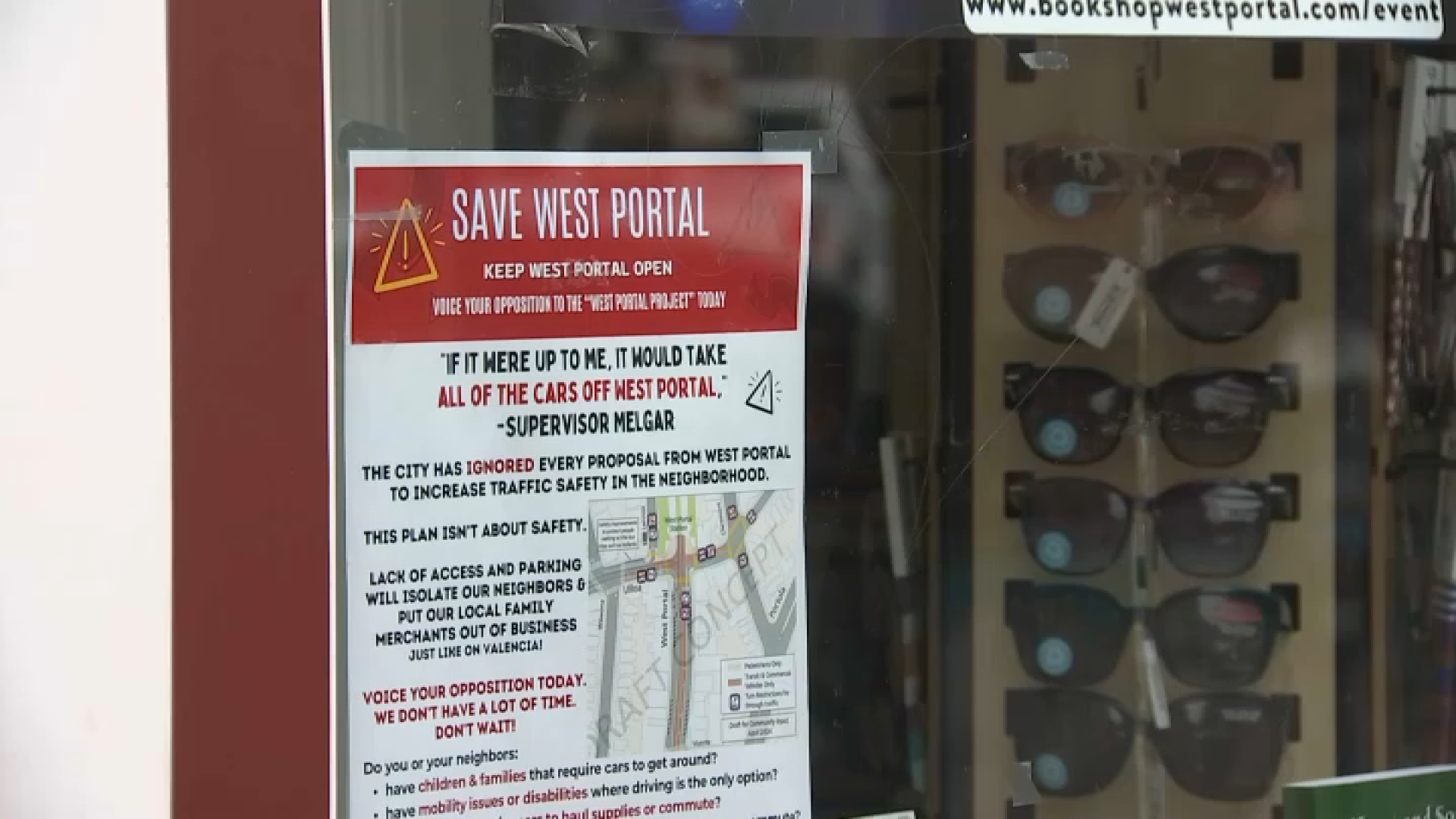The state’s Environmental Protection Agency finalized a revision of a controversial K-12 environmental curriculum on plastic bags Friday.
California Watch reported last year that whole sections of an 11th-grade teachers' edition guide for a new curriculum had been lifted almost verbatim from comments and suggestions submitted by the American Chemistry Council, the chemical and plastics industry trade group.
That investigation spurred politicians and state regulators to demand an examination into how the controversial text was compiled and changed, and whether industry bias was present.
State schools chief Tom Torlakson issued a statement saying his office would work with Cal/EPA to examine the material and identify areas “where further review may be warranted.”
And state Sen. Fran Pavley, D-Agoura Hills, also called for an investigation, to which Cal/EPA responded by saying they would review the chapter.
The new text provides more updated statistics on plastic bag consumption and recycling rates, many of which were provided by California Watch in its story on the textbook.
For instance, while the old text used a statistic offered by the American Chemistry Council indicating that 12 percent of Americans recycle plastic shopping bags, the new text notes “recycling rates specific to plastic shopping bags are not currently calculated by state or federal agencies.”
Local
It also refers to a CalRecycle’s estimate, which suggests that recycling rates may be as low as 3 percent.
"This is the final revised version, which will be available to members of the public and teachers for download," said Bryan Ehlers, assistant secretary of education and quality programs at Cal/EPA.
"We think the curriculum is excellent, and this process gave us the opportunity to go through it with a fine- toothed comb, getting at the same goal of producing a thoughtful and reasoned discussion about the consequences of consumption," Ehlers said.
In 2003, a state law was enacted requiring environmental concepts and principles be taught to all of California’s K-12 public school students.
Cal/EPA outsourced the development and editing of the curriculum to Gerald Lieberman, director of the State Education and Environment Roundtable. The roundtable is a nonprofit group originally developed by departments of education in 16 states to enhance environmental education in schools.
In 2009, after the curriculum had been written, the state posted final drafts of the text online for public review. It was during that period that a public relations specialist hired by the American Chemistry Council submitted comments, edits and suggestions on the text.
Lieberman incorporated nearly all of the trade group’s suggestions, including adding a new section to the text called “Advantages of Plastic Shopping Bags.”
The California curriculum covers science, history, social studies and arts and weaves in environmental principles and concepts within 85 units and hundreds of pages. The full-color pages of the curriculum, which can be downloaded from the state’s website, mirror the look of a textbook. Teachers are encouraged to use the materials as handouts in the classroom and as reading assignments for students.
Ehlers, the Cal/EPA official, said that after the revised curriculum was posted for review, the agency received about a half-dozen comments, and none from the American Chemistry Council.
The American Chemistry Council did not reply to a California Watch request to respond to the new revisions.
According to Ehlers, the agency has now trained about 2,000 teachers with the new curriculum, which is likely to reach about 60,000 students in more than 100 school district across the state.
View this story on California Watch
This story was produced by California Watch, a part of the nonprofit Center for Investigative Reporting. Learn more at www.californiawatch.org.



